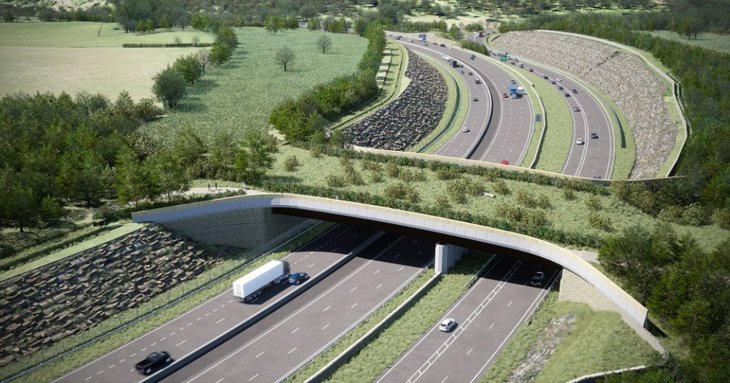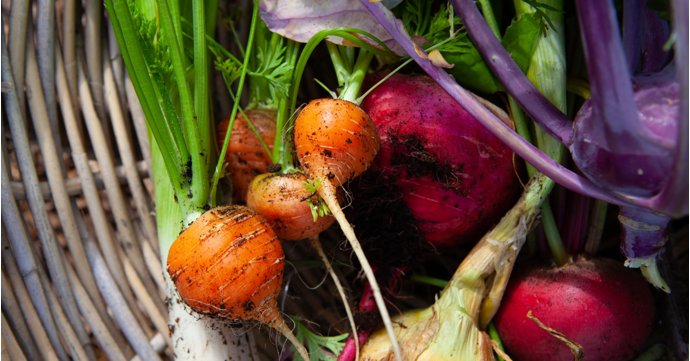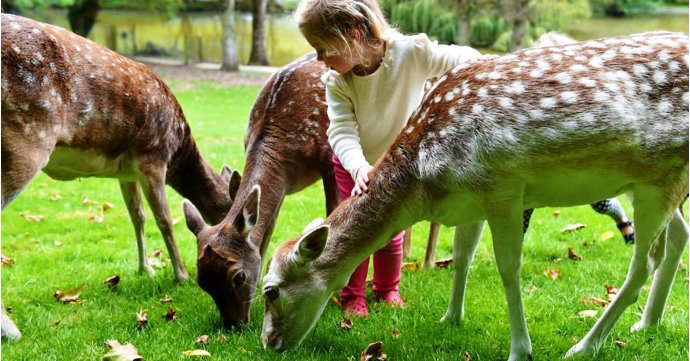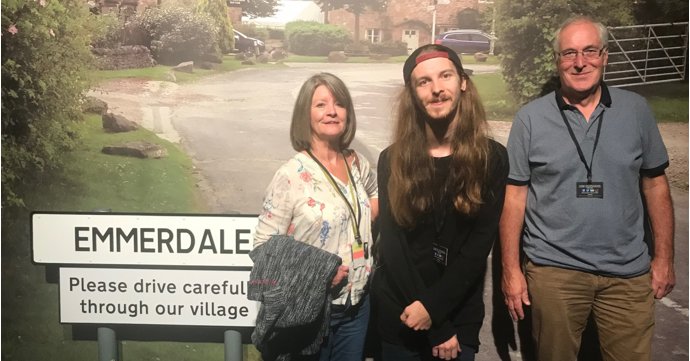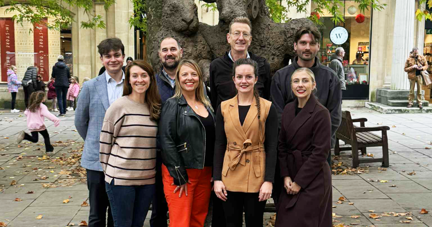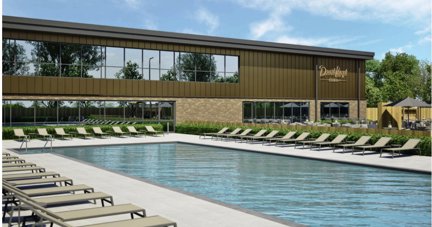Plans to build the UK's biggest wildlife bridge could be underway soon, with National Highways signing a 'memorandum of understanding' with Natural England.
The new memorandum puts biodiversity and conservation at the forefront of National Highway's plans for the A417 Missing Link project, with the wildlife bridge forming a key part of the vast £460 million project.
The bridge will form a 37-metre-wide crossing for the areas wildlife and is set to provide 27-metres of chalky grassland and hedgerows.
Named the Gloucestershire Way, the bridge will be the largest of its kind in the UK by the time it's been built, with completion of the whole project expected by spring 2027.
The bridge will also allow for walkers, horse riders and cyclists to cross the A417, as well as providing a dedicated bat underpass and bird fencing to limit collisions with cars along the busy stretch of road.
Arguably the county's biggest project in recent years, the A417 Missing Link plans will see over 100,000 trees and eight hectares of grassland planted, too.
The project as a whole — which began in 2023 — will transform a three-mile stretch of single-lane carriageway on the A417 between the Brockworth bypass and Cowley Roundabout.
Notable work so far has seen the demolition of the iconic Air Balloon pub, to make way for a safer section of road at this historically controversial part of Gloucestershire's highway infrastructure.
Many wildlife habitats have been considered as part of the scheme, with a World War II bunker being converted into a home for bats and the careful relocation of the area's reptiles, such as baby common lizards, slow worms and Roman snails, away from construction areas.
The project's team of of ecologists are on-site full time to make sure wildlife measures are carried out safely with minimal stress to each species affected.
Steve Foxley, A417 project director at National Highways, said: 'This landscape-led scheme is a testament to how we can integrate world-class environmental practices alongside vital transport improvements.
'From wildlife crossings to new habitats, we’ve taken great care to ensure that our work respects and enhances the stunning Cotswold landscape.'
Natural England chief executive, Marian Spain, added: 'Recovering nature and development can and must go hand in hand. New roads are some of the most complex and impactful infrastructure projects but there are also opportunities to ensure that the National Highways network can help grow nature as well as enhancing travel and transport.
'Projects like the A417 showcase the positive outcomes for people and nature that can be achieved by working closely together. This memorandum is an important step in embedding this open, early, constructive communications between Natural England and National Highways to deliver our shared objectives of sustainable development.'


